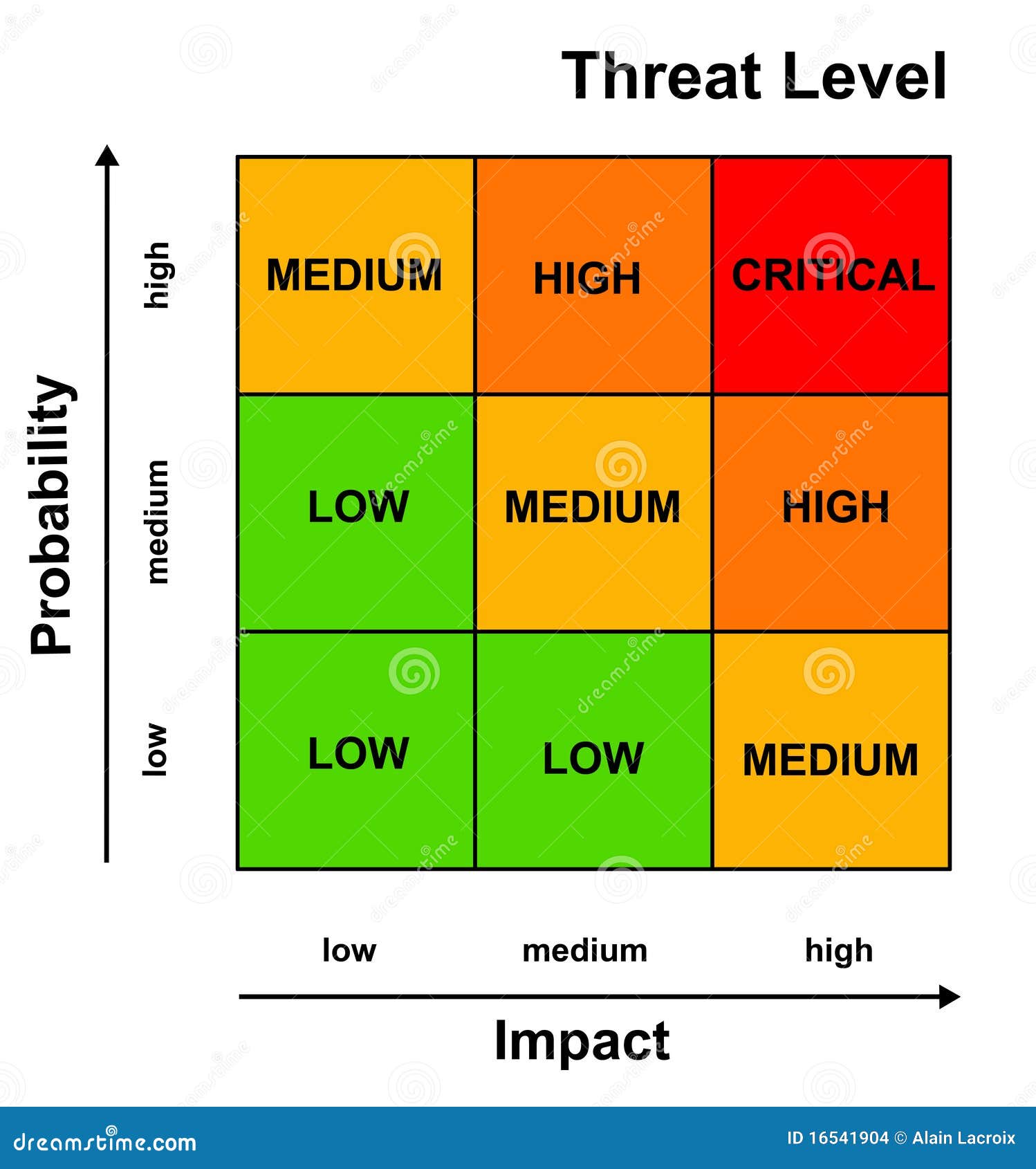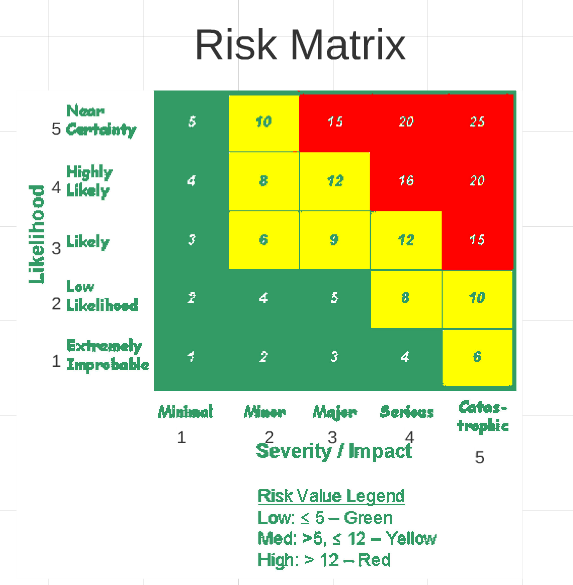
Health and safety is the obvious example, but remember that there are risks involved with many other activities which need to be properly assessed and controlled. One person might expect a likely risk to occur with 50 probability, while another might take this to mean almost 70. Risk management is a key part of a facilities manager’s role. For example, when someone says a risk is unlikely to occur, this can be interpreted to mean anything from around 5 probability through to a 20 chance of happening. When identifying risk, make sure you describe the risk itself and not the cause or the effect.
RISK PROBABILITY X IMPACT HOW TO
How to Use the Tool The Risk Impact/Probability Chart is based on the principle that a risk has two primary dimensions: Probability A risk is an event that 'may' occur. But by how much – this is uncertain and therefore this is where the risk lies. The Risk Impact/Probability Chart provides a useful framework that helps you decide which risks need your attention. The value of money and therefore the cost of the project will change over the course of the project – through experience it is safe to say that this is certain. Let us consider a Project Management example to illustrate the point. An event is only a risk if there is a degree of uncertainty associated with it. The correct identification of risk is vital if the risk is to be mitigated.

The danger of a factory burning down, for example, is a clear threat to the future of any business. Calculating Risks Using the 5×5 Risk Matrix Probability x Impact Risk Level The first step is to assign a numeric value from 1 to 5, 1 being the lowest, for each of the categories under Probability and Impact. Some risks have traditionally been given more attention than others. Risks that are characterized as both high impact and high likelihood of occurrence often cause a project to be terminated, or to fail if it is continued in.


Source: The Risk Management Standard – IRM, Alarm & AIRMIC Stephen Womack 2006


 0 kommentar(er)
0 kommentar(er)
